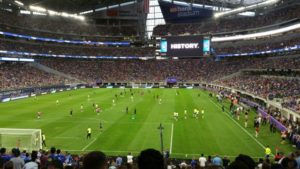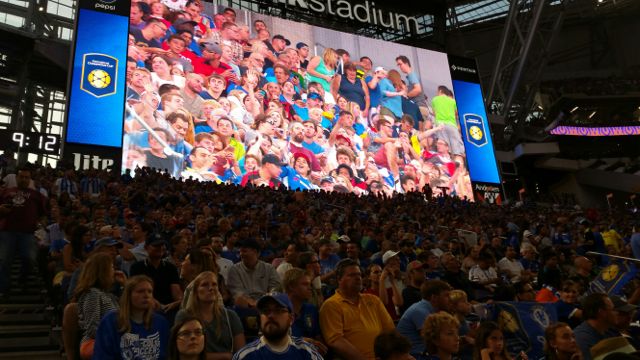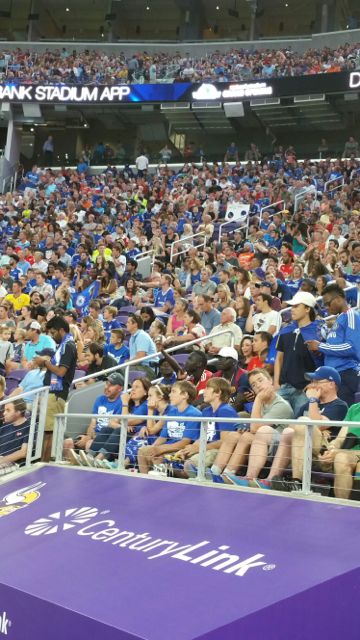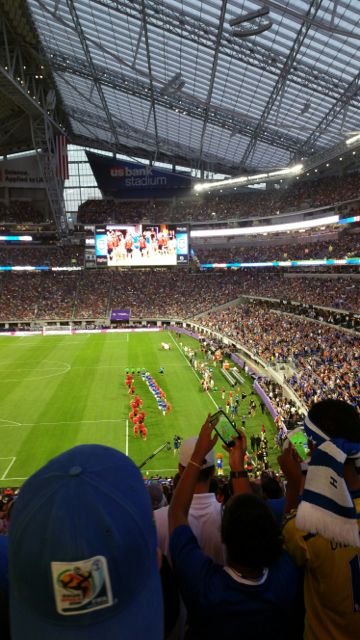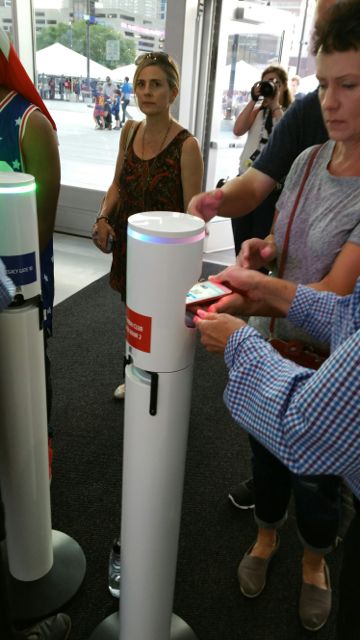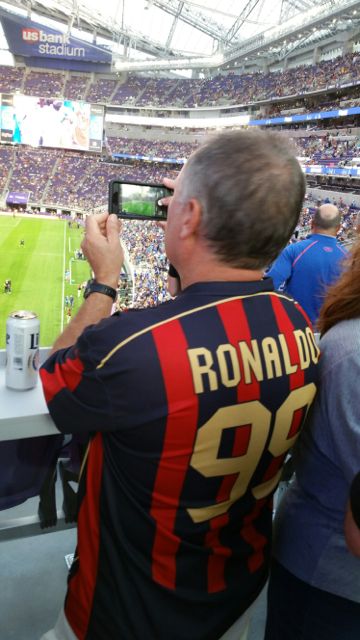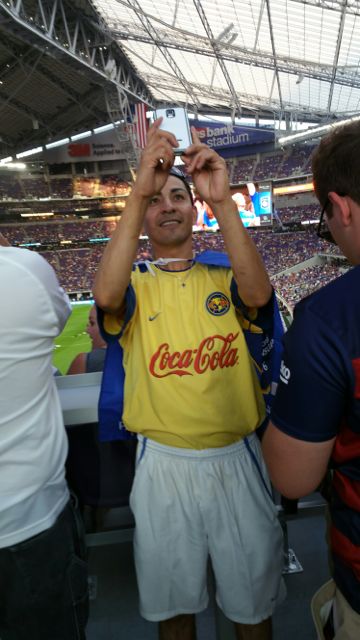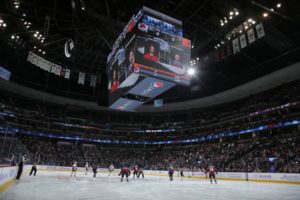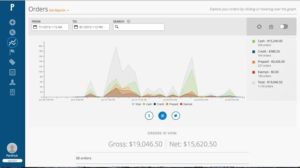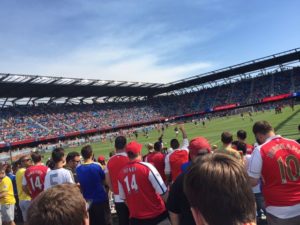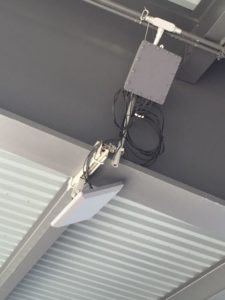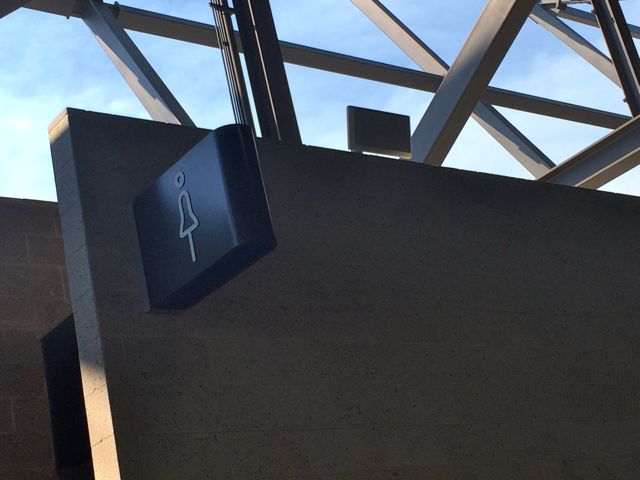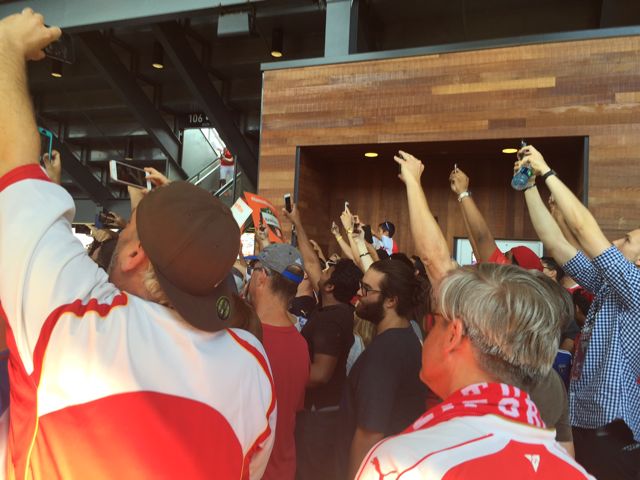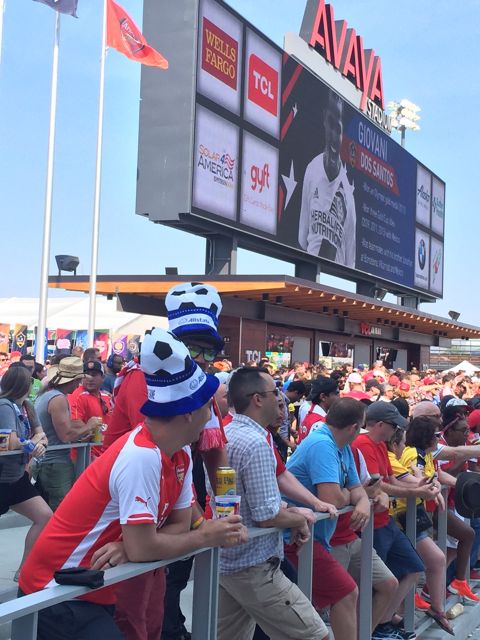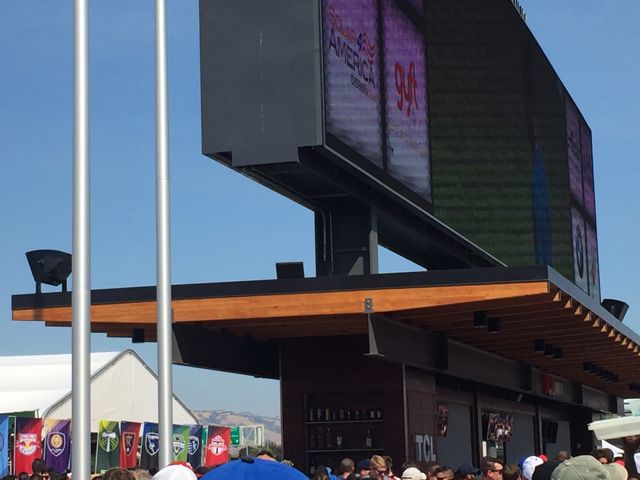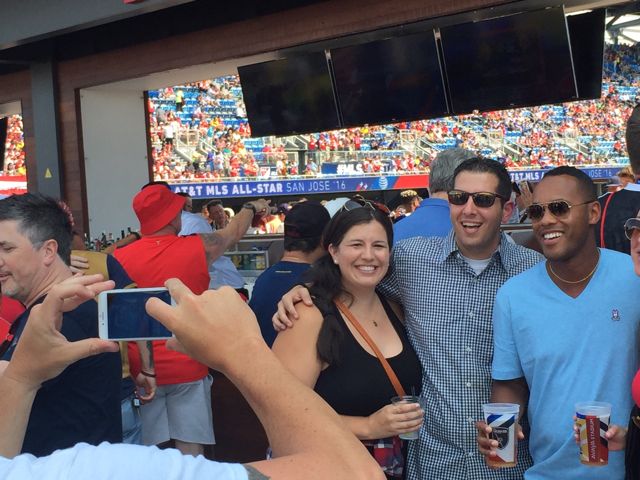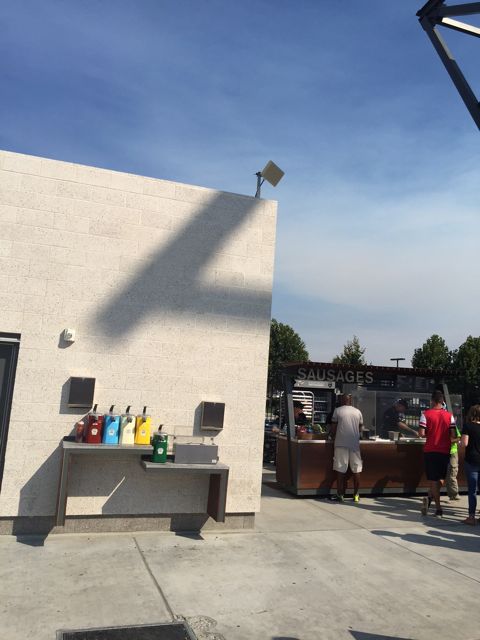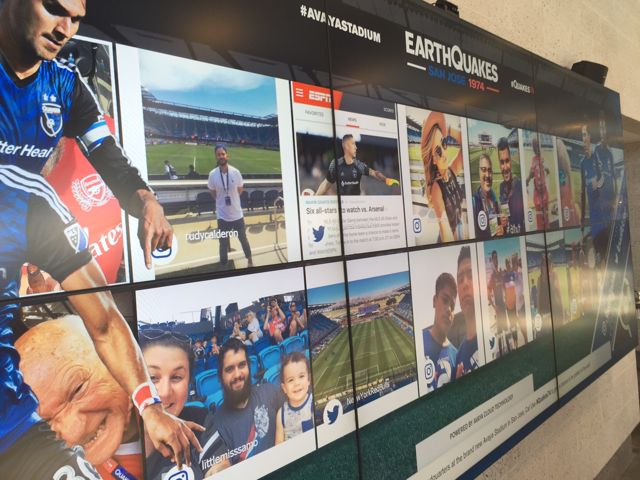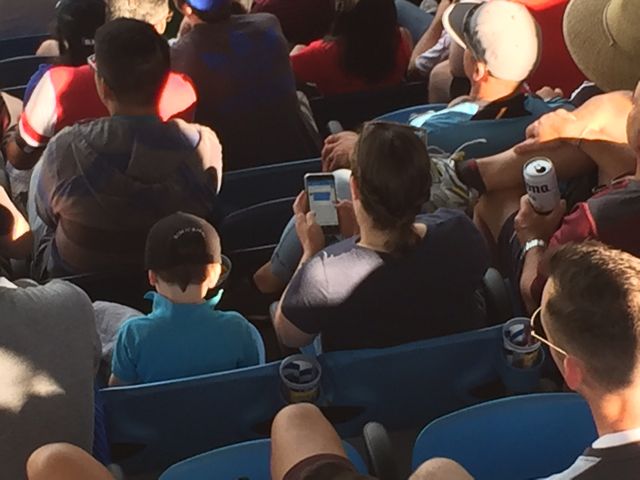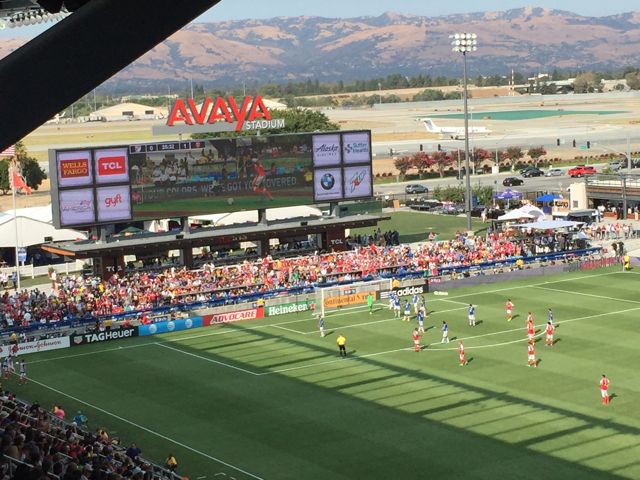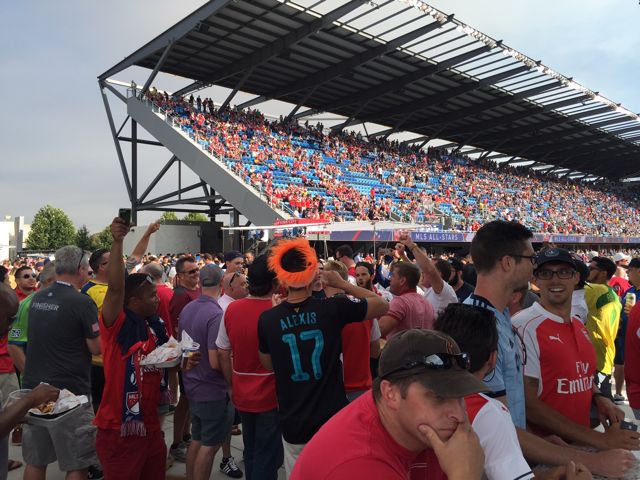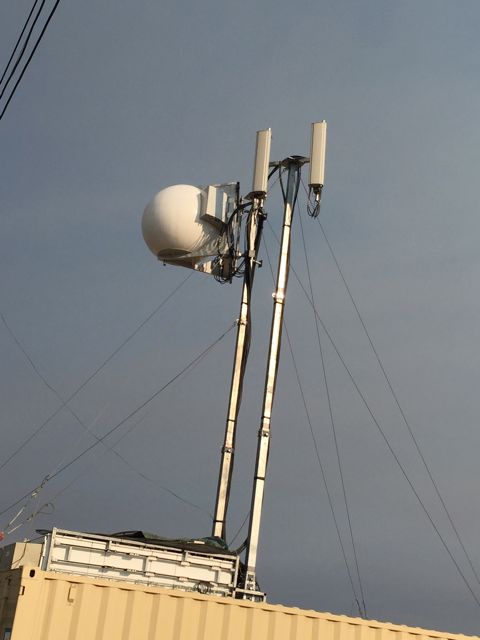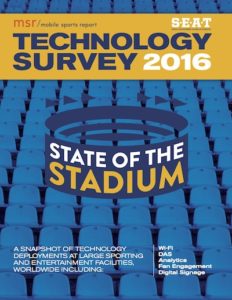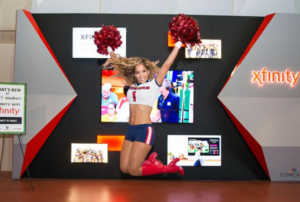
Free Wi-Fi is something Houston Texans fans will be able to cheer about this season at NRG Stadium. Credit: HoustonTexans.com
Michael Bybee, a Houston-based director of external affairs for Comcast, said the company has a large fiber network throughout the Houston area, and a longtime relationship with the NFL’s Texans, making the network sponsorship deal a great fit. Comcast supplies (or will soon supply) similar broadband bandwidth to a number of other large stadiums, including the San Francisco 49ers’ Levi’s Stadium, the Sacramento Kings’ new Golden 1 Center, the Atlanta Braves’ new SunTrust Park, the Denver Broncos’ Sports Authority Field, the Detroit Tigers’ Comerica Park, the Tennessee Titans’ Nissan Field and the Oakland A’s Oakland Coliseum, among others.
In Houston, where integrator 5 Bars is installing a new Wi-Fi network using Extreme Networks gear ahead of next February’s Super Bowl 51, Bybee said Comcast will have two 100-gigabit per second pipes coming into the stadium, where they will feed a main 10-Gbps circuit for the regular-season NFL Wi-Fi needs. Should the stadium require more circuits, Bybee said, the facility will be able to “seamlessly add additional circuits” given the surplus of bandwidth supplied by the 100-Gbps pipes.
Though there hasn’t yet been an official announcement of the network being ready for public use, sources tell us that fans at Saturday’s preseason game between the Texans and the New Orleans Saints should finally find fan-facing Wi-Fi (look for the xfinitywifi SSID), an amenity that had been missing at NRG Stadium in the past. Anyone who goes to the game — send us a speed test!
